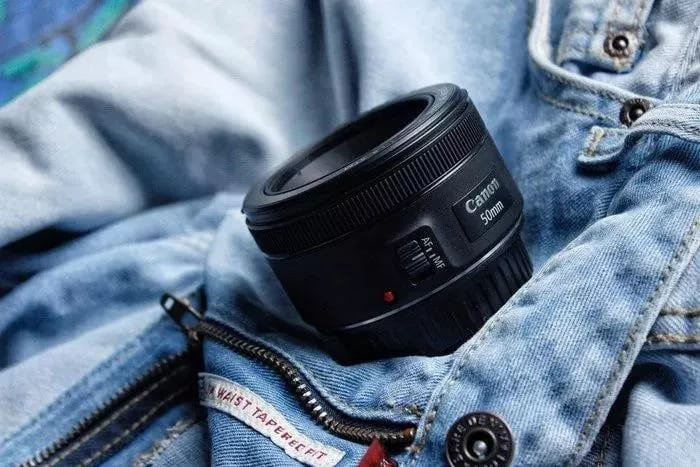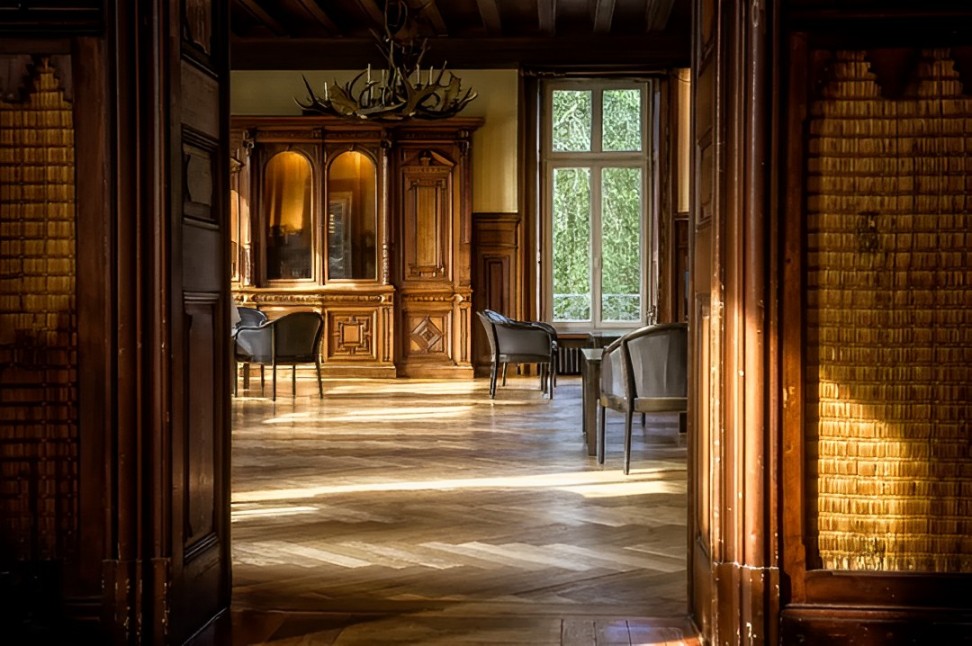Why Do Photographers Love the 50mm Prime Lens?
Many photographers start with a 50mm prime lens as their first lens. The 50mm prime lens is one of the most widely held lenses in the market and has always been a favorite among photographers.
You may often hear photographers say that improving photography skills starts with mastering a 50mm prime lens.
When we buy a camera, it usually comes with a versatile zoom lens that covers most everyday shooting scenarios, a "one lens fits all" solution.
But why do we still need a fixed 50mm lens? In this article, we will provide three reasons why you should own a 50mm prime lens.

In this article, you will learn:
- Reason 1: Affordable Price
- Reason 2: Unique Perspective
- Reason 3: Enhance Photographic Thinking
- Conclusion
Reason 1: Affordable Price
Compared to camera lenses that can easily cost hundreds or even thousands of dollars, a 50mm prime lens is relatively inexpensive.
Canon or Nikon's 50mm f/1.8 lenses typically cost just over 100 dollars. Even if you're a college student looking to get into photography, purchasing a 50mm lens won't break the bank.
Moreover, prime lenses are usually simpler in structure compared to zoom lenses, which often result in a larger aperture.
Take the 50mm f/1.8 prime lens, for example. The wide aperture of f/1.8 is rarely found in zoom lenses, but with a 50mm prime lens, you can have it for just a little over 100 dollars.
Further Reading:
The Ultimate Camera Lens Buying Guide: Your Path to Perfect Shots

Reason 2: Unique Perspective
The 50mm lens, also known as a standard lens, is called so because its field of view on a full-frame camera closely matches what the human eye sees.
This lens provides a perspective that you are most familiar with in everyday life, capturing object proportions, distances, and spatial perspectives just like how you perceive them.
Additionally, the large aperture of the 50mm lens allows more light to enter, creating a nice background blur effect.
You can leverage the shallow depth of field to enhance the sense of space and the overall atmosphere of your images, making them cleaner and more visually appealing.
Therefore, the 50mm lens is versatile and suitable for a variety of scenes such as documentary photography and portraiture.

Reason 3: Enhance Photographic Thinking
The third reason might be a bit subjective. Using a 50mm prime lens can enhance your photographic thinking.
A prime lens requires you to constantly move back and forth to adjust the subject's position and proportions in the frame. In contrast, a zoom lens allows you to change the focal length freely, making it more convenient to capture objects at different distances, right?
Indeed, zoom lenses are more convenient in some ways, but they don't necessarily encourage deep thinking about photography.
Imagine this scenario: you have a zoom lens. When you take a shot, you don't need to shift your position. Just a twist of the zoom ring and you can snap away.
However, with only a fixed focal length lens, to conserve your energy (photography isn't a marathon, after all), you'll unconsciously start thinking, "Why am I taking this shot this way? What kind of image could I capture from a different spot?"
It's in this thought process that you'll quickly run through considerations like shooting angles, lighting, and other factors crucial to photography.
Moreover, a 50mm prime lens lacks the impact of a wide-angle lens or the compression and detailing capabilities of a telephoto lens. Its gentle image rendition prompts deeper contemplation.
Therefore, whether you're a beginner in photography or facing a creative block, trying out a 50mm prime lens might just spark a different level of thinking for you.

Conclusion
Sometimes, being limited to a fixed focal length can actually force you to focus more on composition and the use of light, enhancing your photography skills.
Moreover, because the 50mm lens has a perspective close to the human eye, it helps you capture authentic moments and draws viewers into the scene. This is why the 50mm prime lens is beloved by many photographers.
So, why not try using a 50mm lens to explore different photography subjects—whether it's portraits, landscapes, or street photography? You might uncover more surprises.
In addition to the indispensable companion of the 50mm prime lens on your photography journey, we'd like to recommend TourBox, a controller that significantly boosts efficiency in post-processing.

Imagine no longer needing to deal with a cumbersome keyboard, just using one hand to operate TourBox allows you to swiftly cull and rate photos and perform precise and efficient color grading.
We define TourBox as providing "the joy of use for creators." This product was created to liberate creators from complex shortcuts and unfriendly operations, allowing them to immerse themselves in the creative process comfortably and straightforwardly, experiencing the joy of creation.

If you're intrigued, why not check out our photo editing page to see how TourBox can work wonders in post-processing for photography?